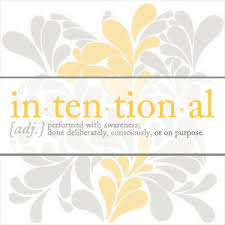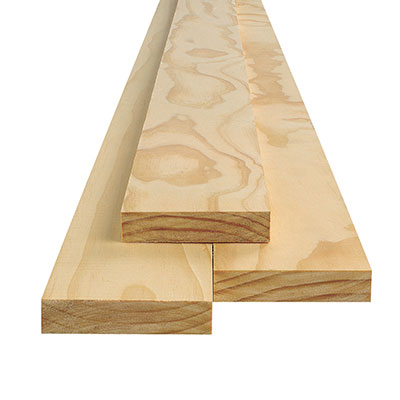Master Brand Strategy and Me.
I am a self-taught brand planner. The fuel for my business was scores of exploratory interviews with high-level and executive planners from big city agencies. I honed my craft and framework with research, reading books, blogs, newsletters, and by watching interviews and webinars. I have also worked with business consultants.
My two key discovery tools are 24 Questions, business and financial Qs used to understand how money is made and lost, and a battery of Fact Finding questions used with company chiefs, salespeople and customers.
I do master brand planning. That is, I create the organizing principle for product, experience and messaging that governs all marketing work. Every tactic used to build sales and loyalty, no matter the channel, should adhere to the master brand strategy. But it’s a job that eats itself. Once the master brand strategy is done, it needn’t be done again. (Unless, the business model changes.) Of the thousand of brand planner around the world, only a few handfuls actually work on the master brand strategy. Most planners are focused on tactical brand insights. Downstream of the master plan. Both jobs are awesome. But there’s only one master. Hee hee.
Peace.
.









